20 Secrets to Creating the Ultimate Home Office Space
Creating a home office space that feels both comfortable and motivating is key to getting work done without feeling like you’re actually “at work.” Whether you’re working from a small corner or have a dedicated room, a few design tweaks can make all the difference. Here are 20 secrets to help you turn your home office into the ultimate productivity zone.
1. Choose the Right Location
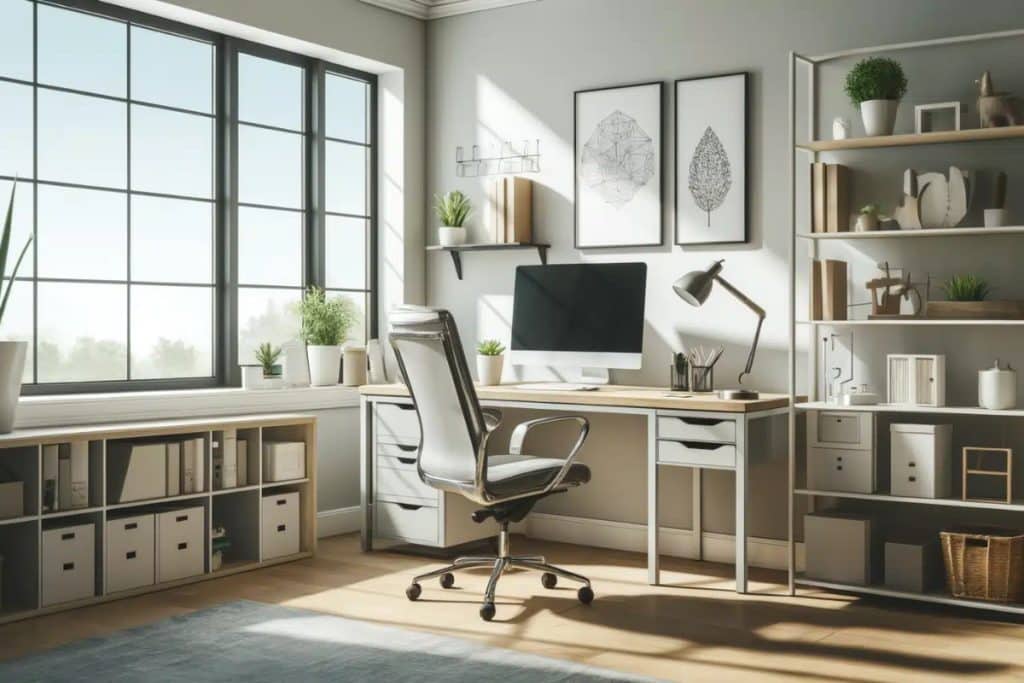
Where you place your office can have a huge impact on your focus. If possible, select a room with natural light or a quiet corner away from the main activity areas. If you’re tight on space, even a closet or a section of the living room can work as long as you make it your own and keep distractions to a minimum.
2. Invest in a Comfortable Chair
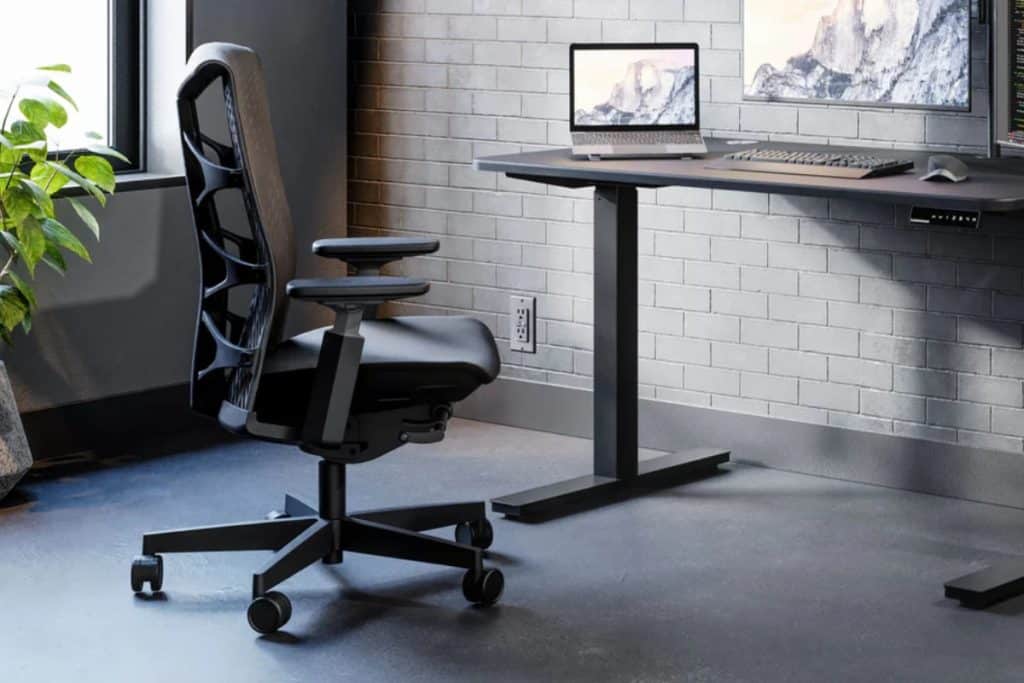
A good chair can prevent back pain and keep you feeling energized through long hours. Look for something ergonomic that supports your back and allows for adjustable height. Even a couple of cushions or a backrest can upgrade your existing chair if you’re on a budget.
3. Add Plenty of Natural Light
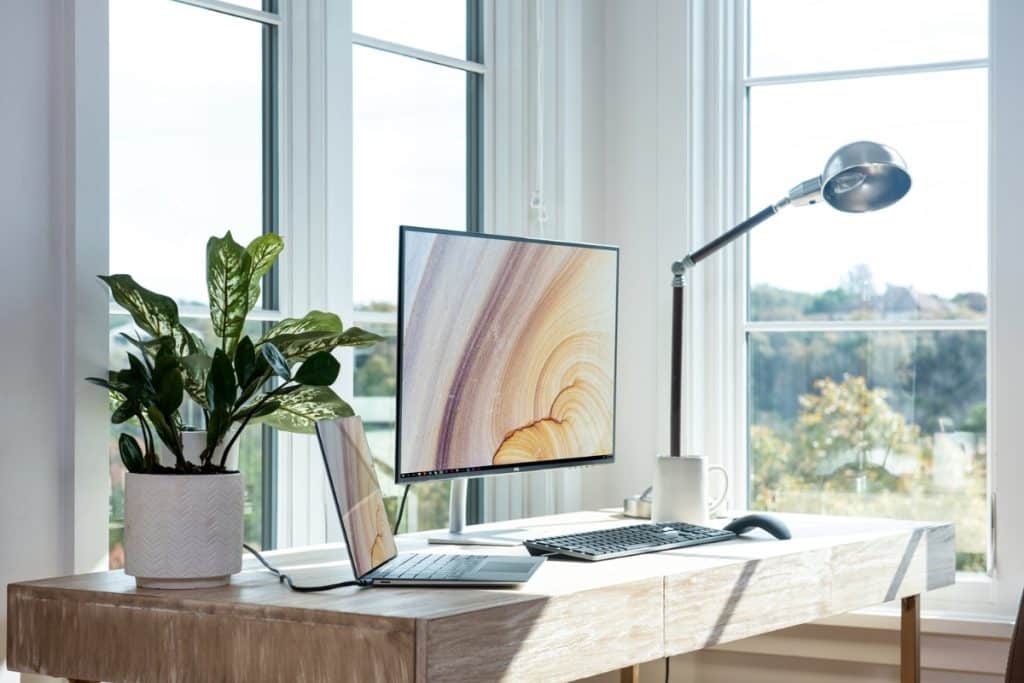
Natural light is a mood booster and makes it easier to concentrate. Try positioning your desk near a window, or consider adding mirrors to reflect light around the room. If a window isn’t an option, invest in a full-spectrum light that mimics daylight to keep you feeling alert.
4. Declutter Your Workspace
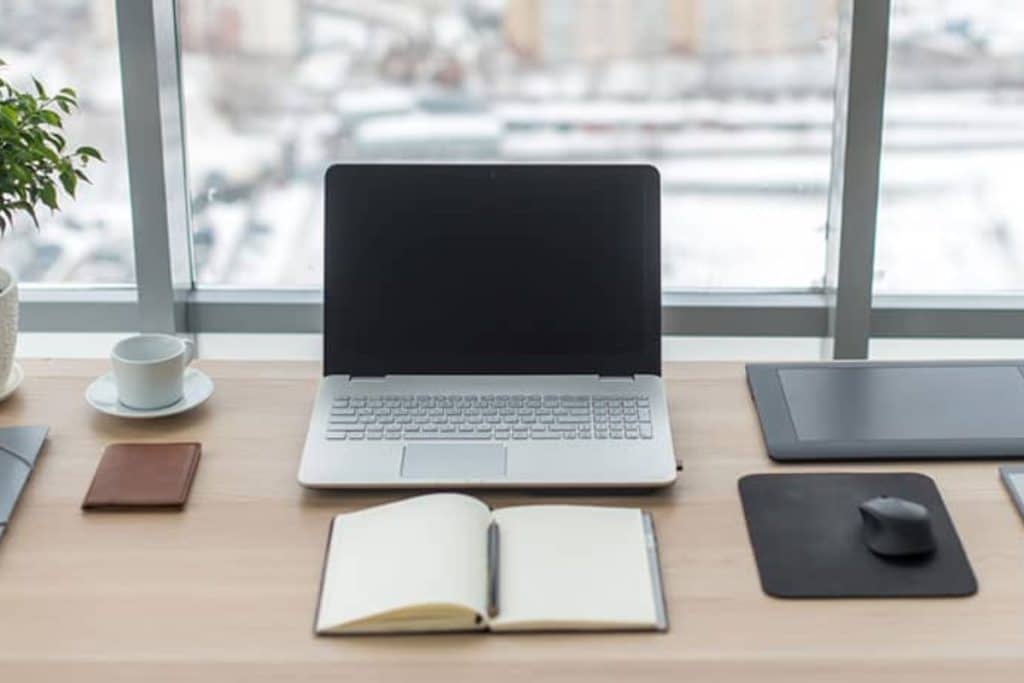
Clutter is distracting and can make you feel stressed. Invest in drawer organizers, baskets, and filing cabinets to keep things tidy. Make it a habit to clear off your desk at the end of each day so you can start fresh each morning.
5. Personalize Your Space
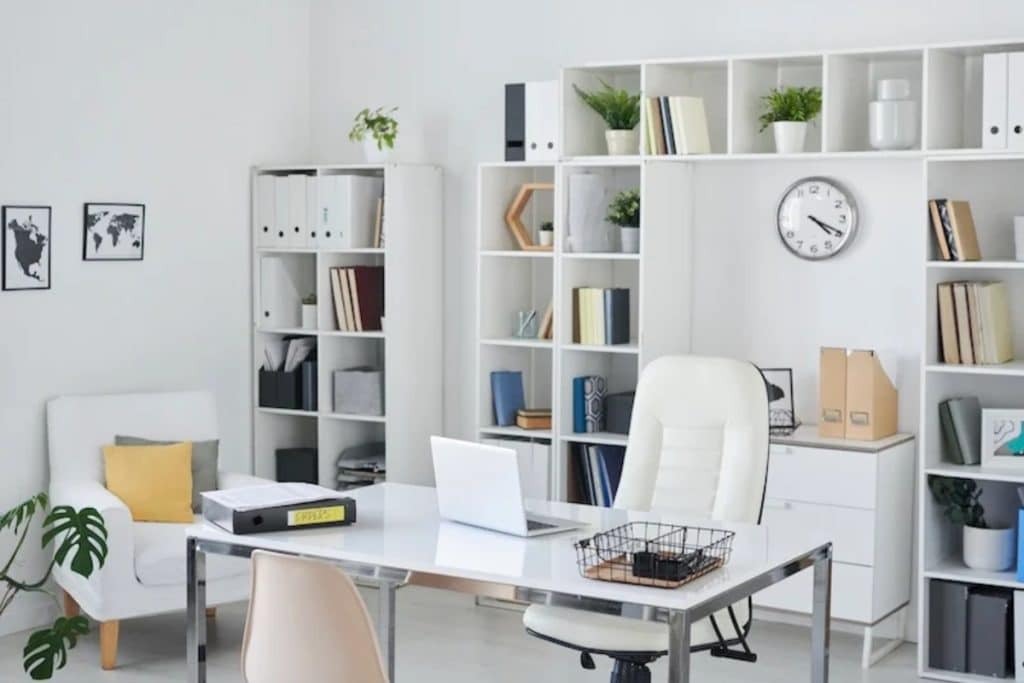
Adding personal touches can make your home office feel more inviting and relaxing. Whether it’s family photos, your favorite plants, or quirky desk decor, a little personalization can help create a comfortable environment where you want to spend time.
6. Keep a Minimalist Setup
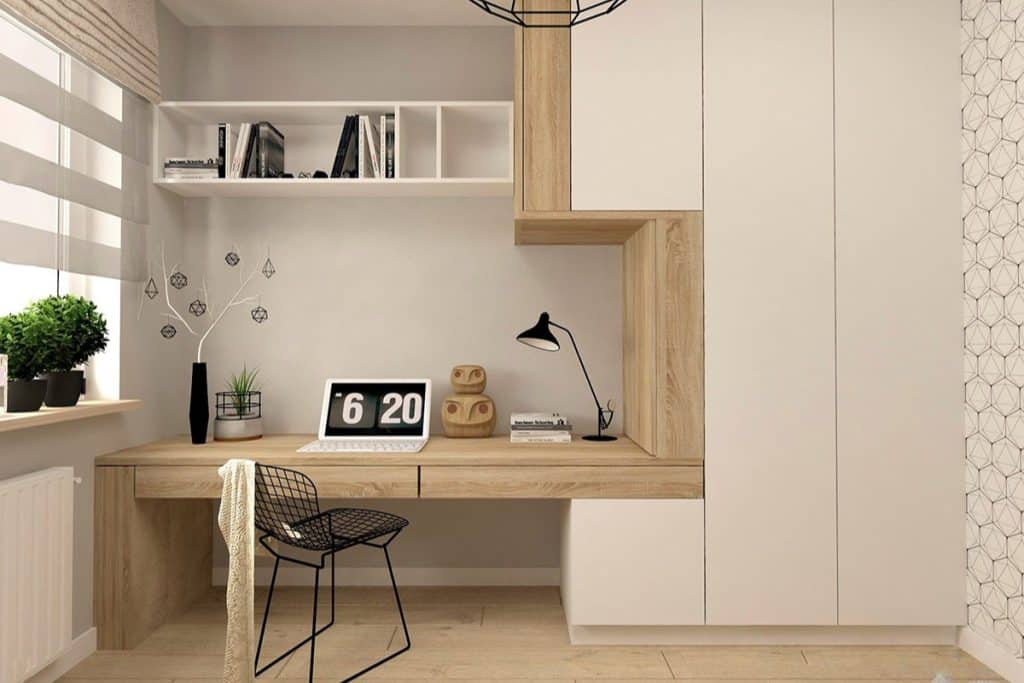
Less is often more when it comes to home office setups. Only keep essentials like your computer, notebook, and a few pens on your desk. This helps eliminate distractions and allows you to focus on what’s important.
7. Create a Dedicated Storage Space
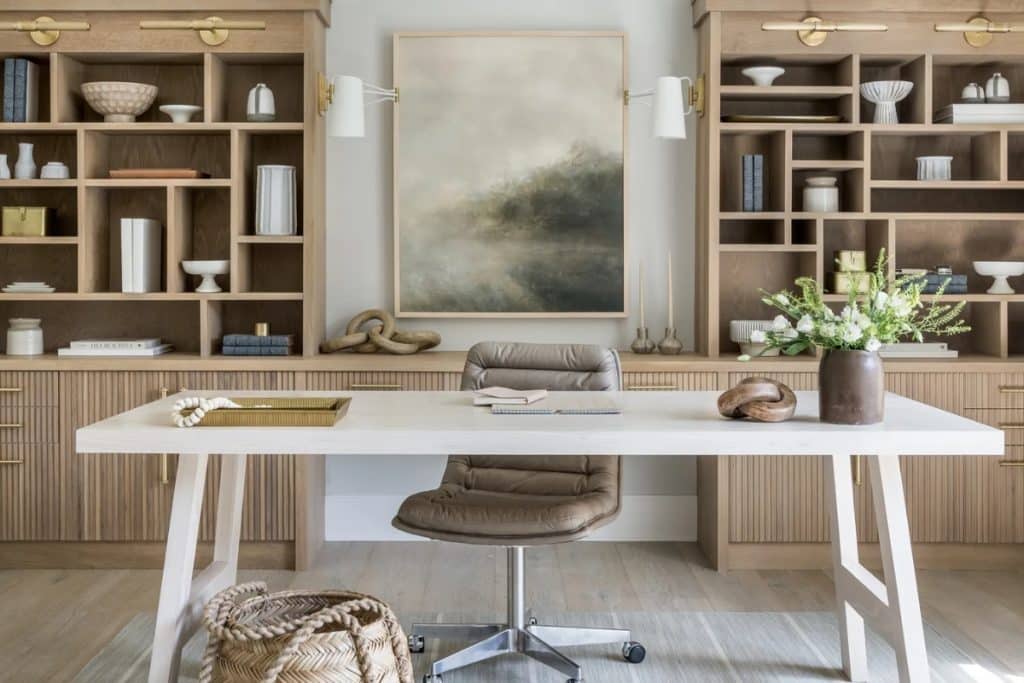
Nothing kills productivity faster than searching for missing papers. A small filing cabinet or a set of labeled bins can save you time and keep everything in its place. Having everything within reach helps you stay organized and keeps your mind on work.
8. Use Noise-Canceling Headphones
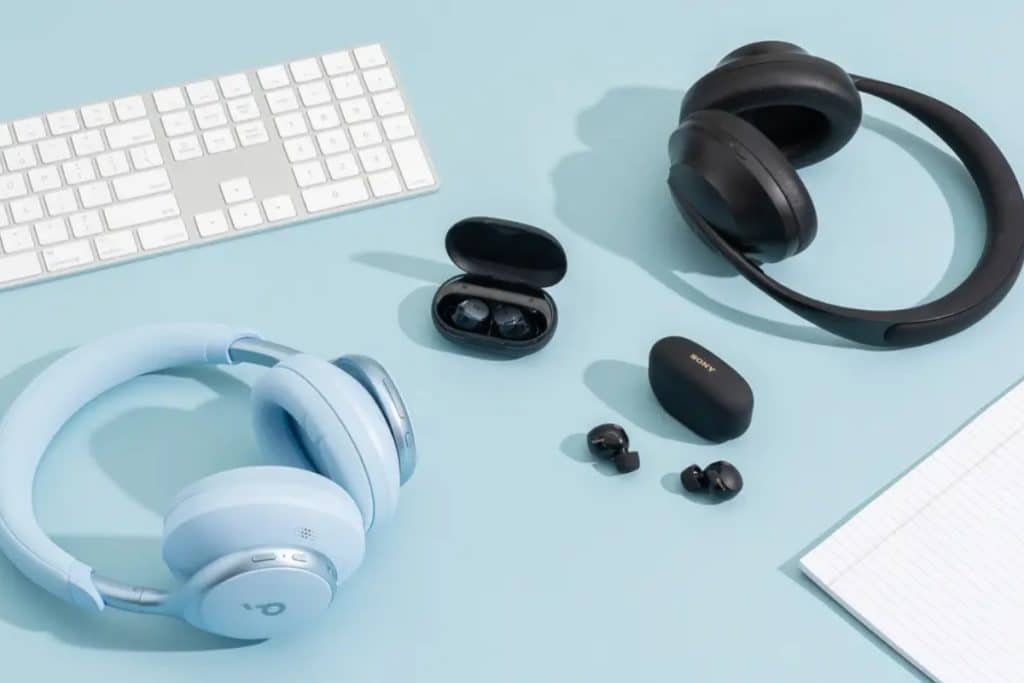
If you have noisy roommates or kids at home, noise-canceling headphones can be a lifesaver. They help block out distractions and allow you to concentrate, even if the world around you is chaotic. It’s a must-have for focused work, especially in busy households.
9. Add Plants to Improve Air Quality
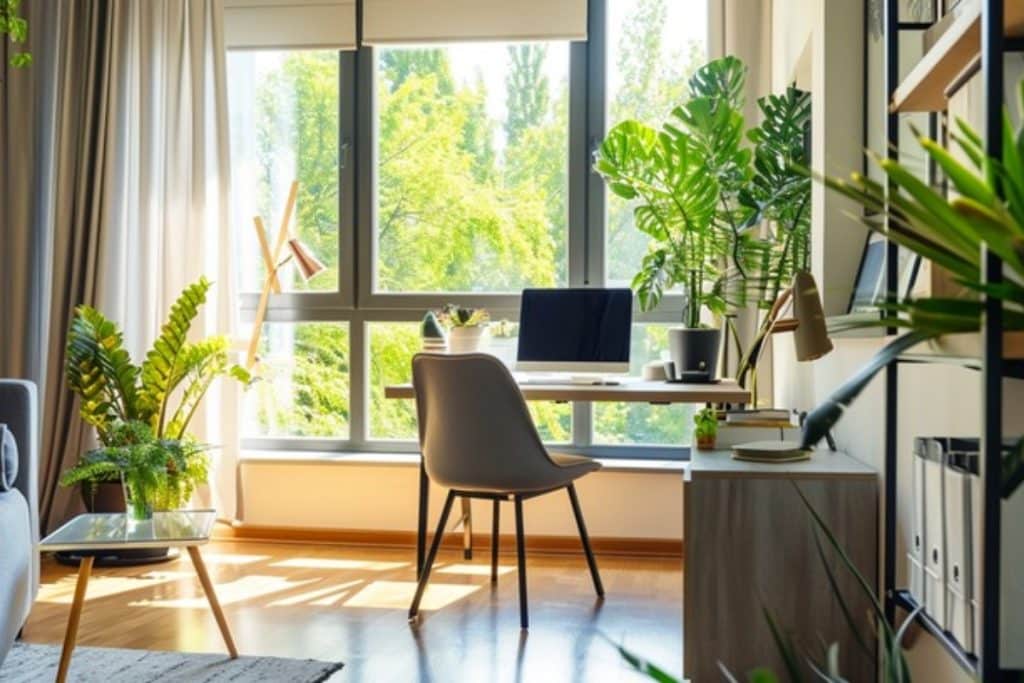
Plants are great for boosting mood and reducing stress, and they even help improve air quality. Choose low-maintenance varieties like snake plants, pothos, or succulents that don’t need much sunlight or watering. They add a touch of green without adding extra work.
10. Install Floating Shelves
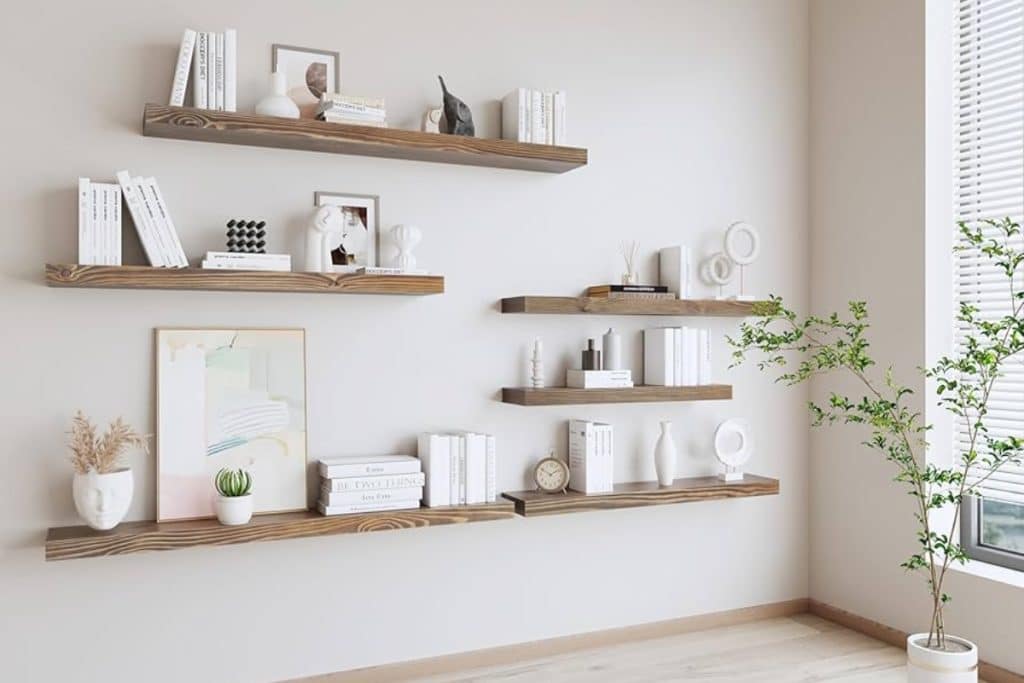
Floating shelves are a fantastic way to add storage without taking up floor space. They give you a place to display books, supplies, or decorative items, adding both function and style to your office. Plus, they’re relatively easy to install and keep things within easy reach.
11. Have a Defined Desk Area
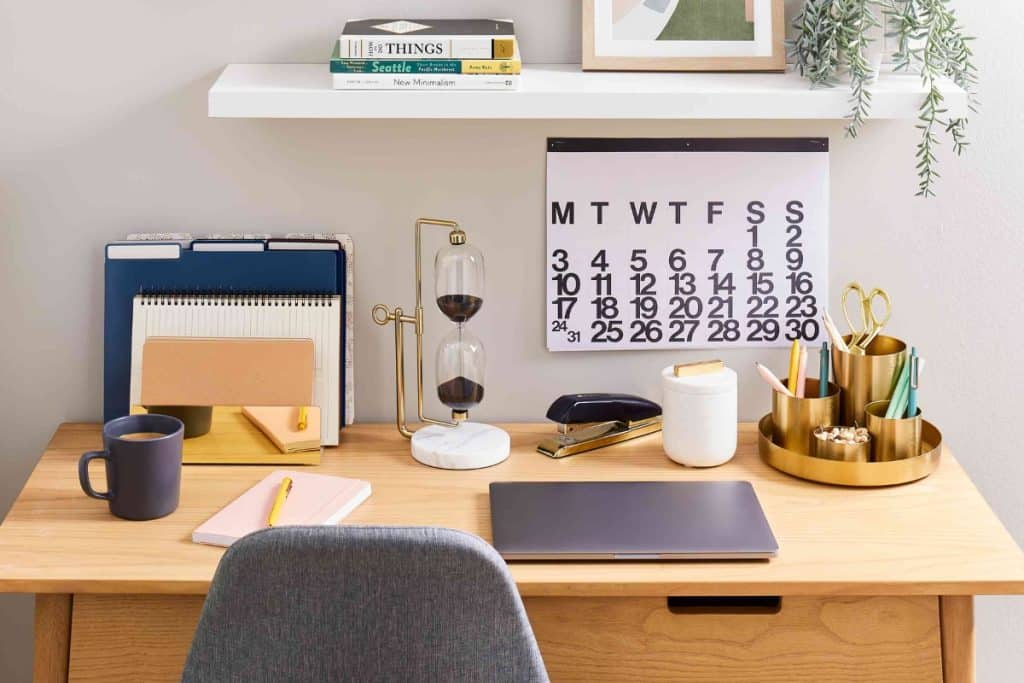
Creating a specific work area, even if it’s just a small desk, signals to your brain that it’s time to work. A separate area for your laptop, notebook, and other work essentials helps keep you focused. This division is important even if you’re working in a multi-purpose room.
12. Use Cable Management Solutions
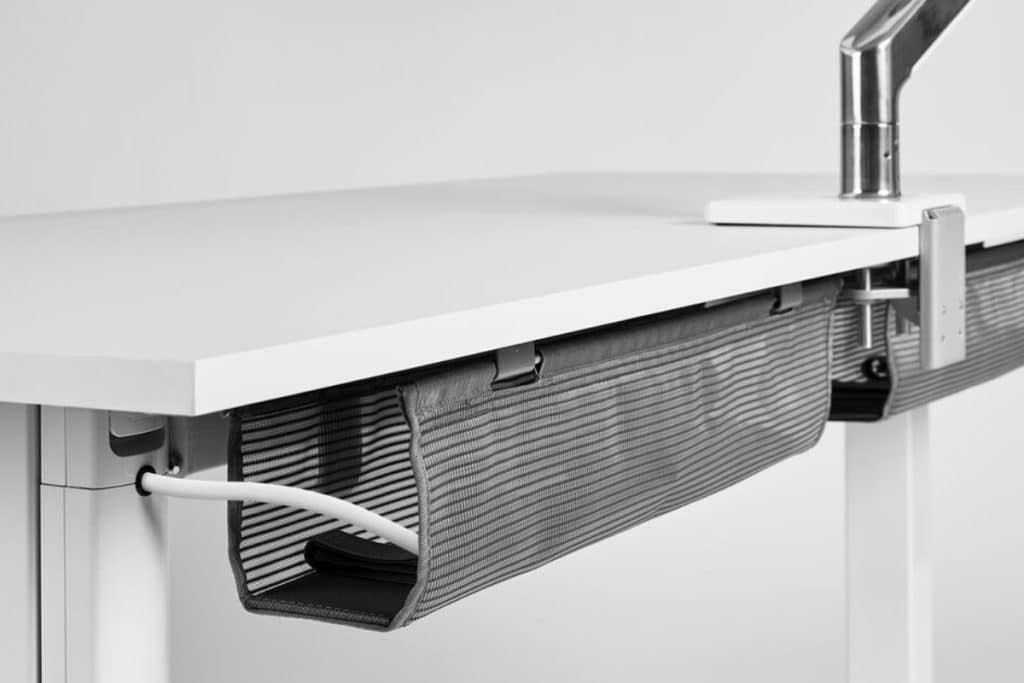
Messy cords are not only unsightly but can also be frustrating to work around. Cable organizers, clips, and sleeves keep your cords neat and out of the way. A clean workspace is easier to work in and helps maintain your focus.
13. Incorporate Adjustable Lighting
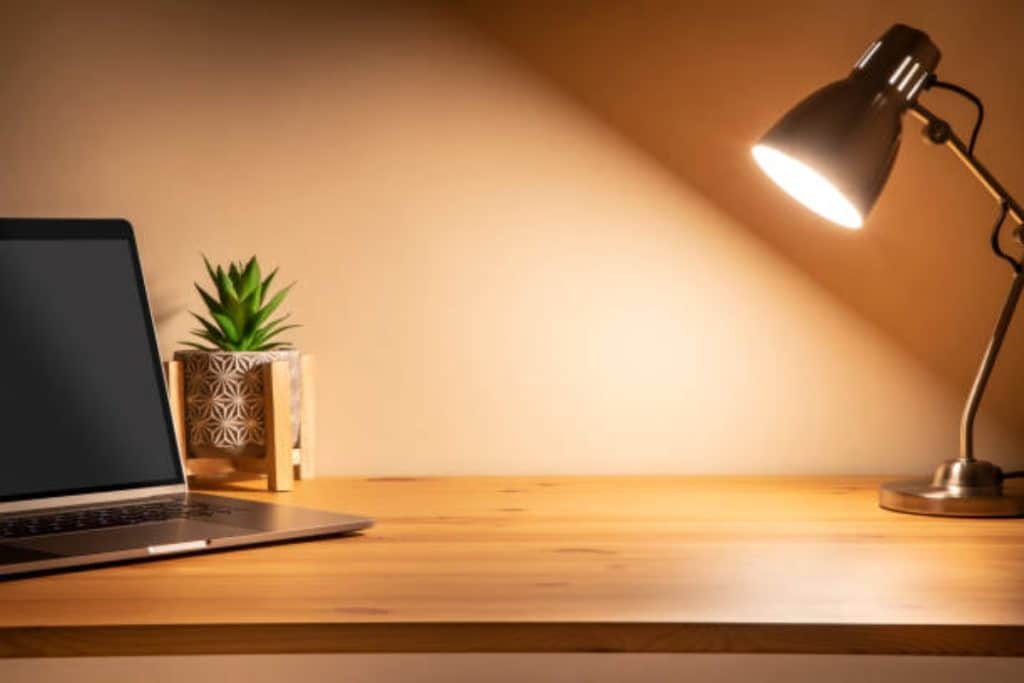
Lighting needs change throughout the day, so flexible options are a good idea. Task lighting, like a desk lamp, is perfect for focused work, while softer lighting can be better in the evening. Try using a lamp with adjustable brightness to customize the light level for different tasks.
14. Consider a Standing Desk
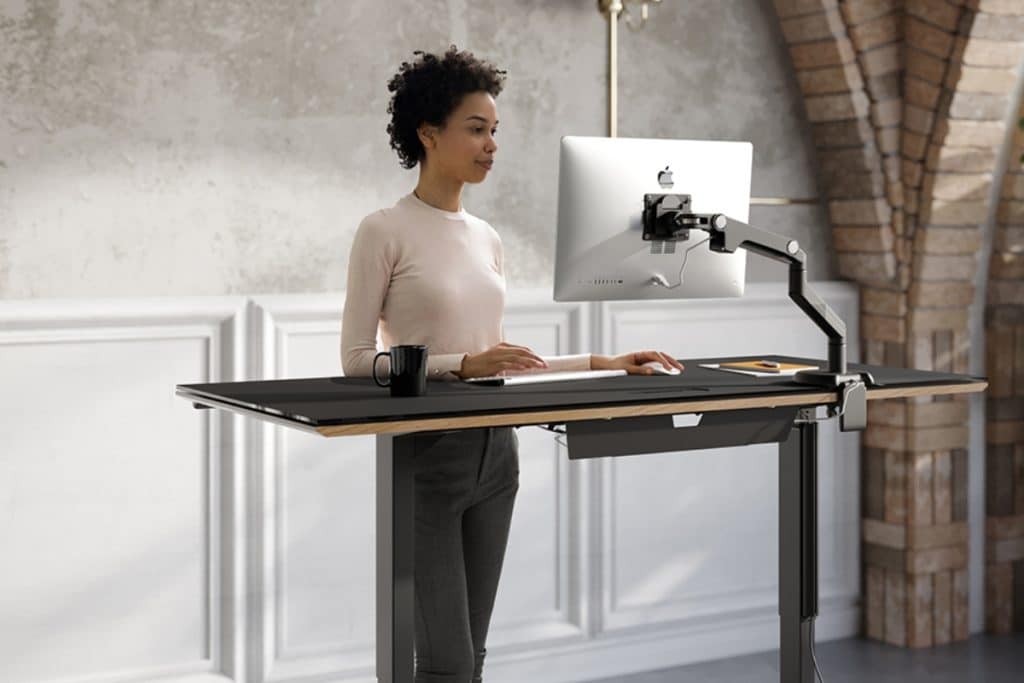
A standing desk or an adjustable desk can be a game-changer for productivity. Alternating between sitting and standing keeps you from getting too comfortable and can reduce stiffness. If a full standing desk isn’t in the budget, a tabletop riser can still give you the benefits.
15. Use a Large Monitor or Dual Monitors
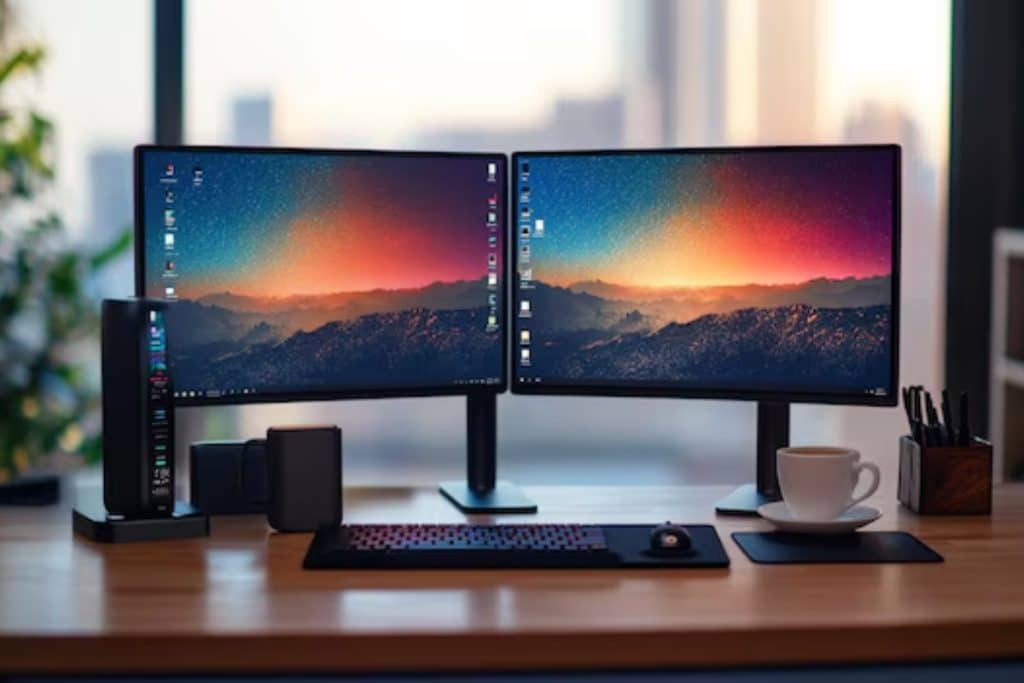
A larger screen or dual monitors can make a big difference for multitasking. You’ll spend less time switching between windows and can keep reference materials open alongside your main work. This setup helps you stay organized and can save time if you’re doing work that involves multiple applications.
16. Invest in Quality Desk Accessories
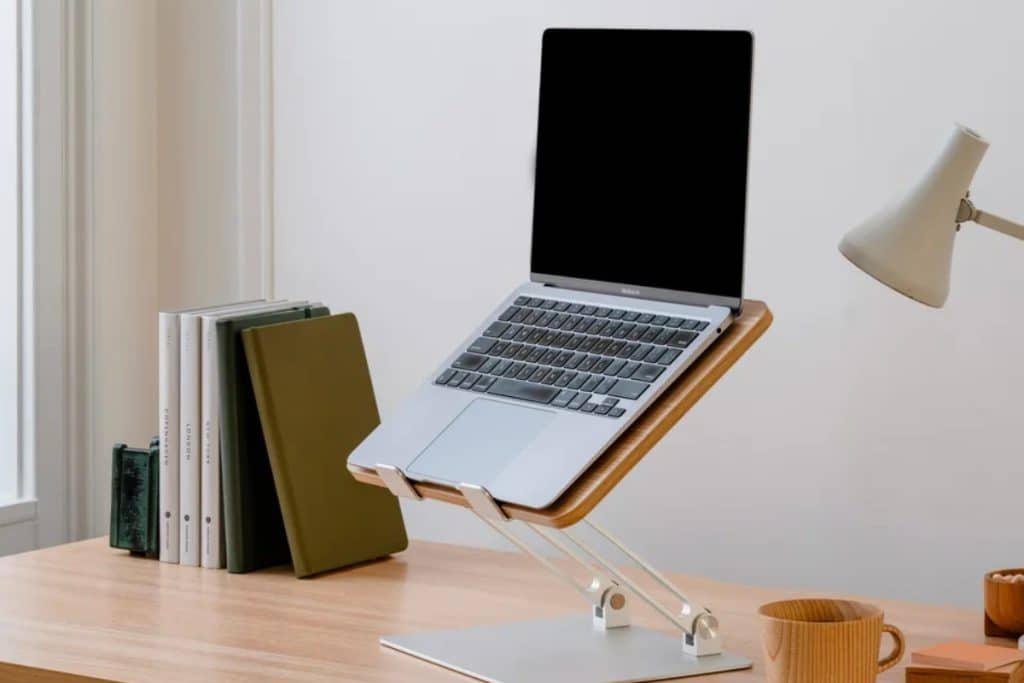
Having the right tools, like a sturdy laptop stand, a wireless keyboard, or a mouse, can make your workspace more functional. Small investments like a desk pad or a comfortable mouse can elevate your workspace and improve your daily comfort.
17. Keep Refreshments Nearby

Having coffee, tea, or a water bottle nearby keeps you hydrated and prevents too many trips to the kitchen. A small tray or cart can hold drinks and snacks so you can stay fueled without getting distracted. This small addition can make a big difference, especially on busy days.
18. Use an Inspiring Color Scheme
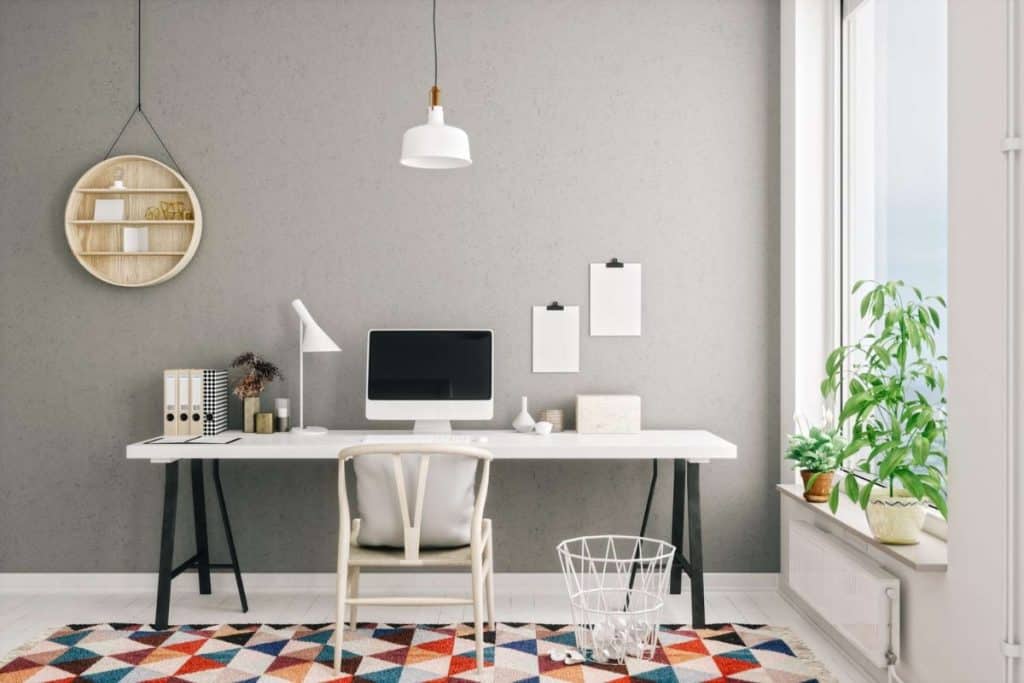
The colors around you can affect your mood and energy levels. Blues and greens are calming, while yellows and reds can be energizing. Pick colors that help you focus and make you feel good, even if it’s just an accent wall or a few decorative items.
19. Set Up a Calendar or Planner
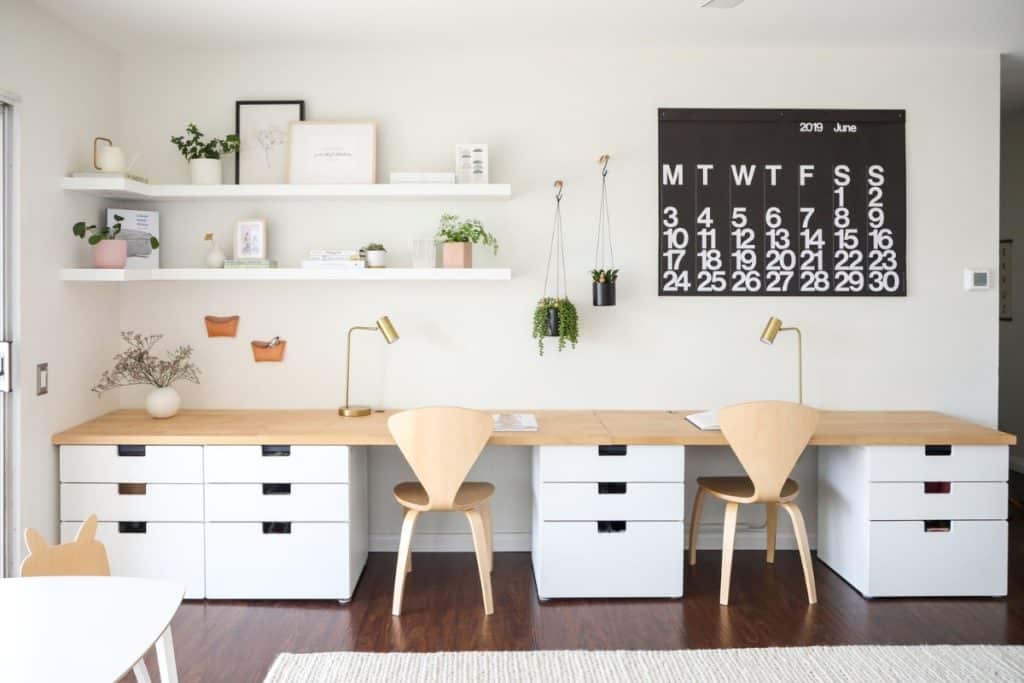
Having a wall calendar, planner, or even a whiteboard can keep you organized and remind you of upcoming deadlines. This is especially helpful if you’re juggling multiple projects or need visual reminders. It’s both functional and a way to reduce mental clutter.
20. Make Space for Breaks
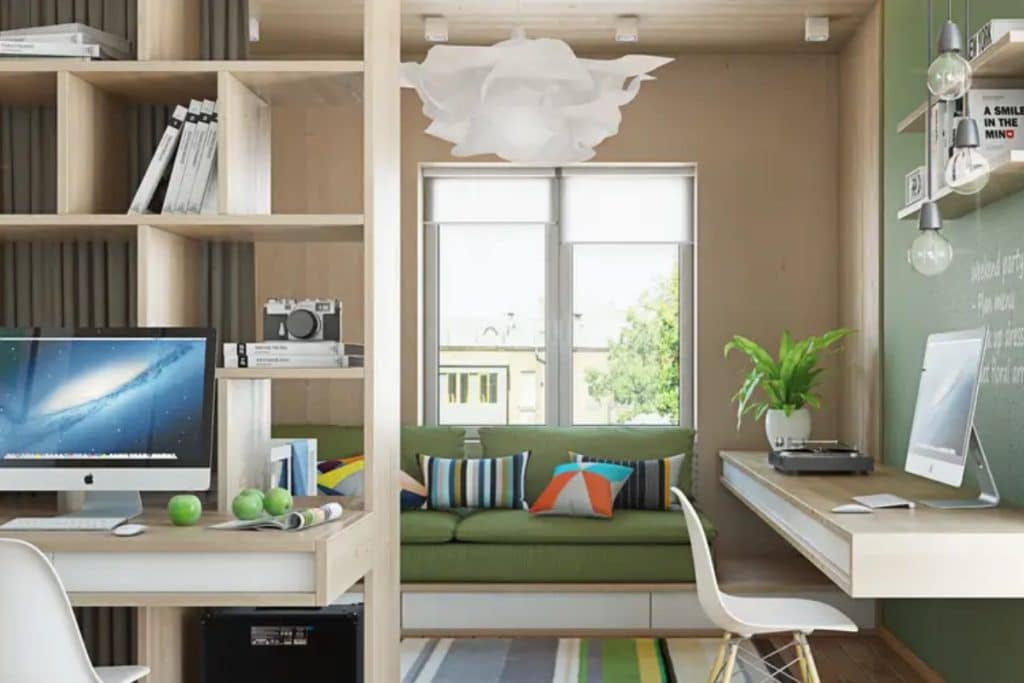
Designate a small area for breaks, even if it’s just a comfy chair or a corner with a pillow. Taking short breaks can actually increase productivity, and having a designated spot to relax makes it easier to disconnect, recharge, and get back to work with fresh energy.






